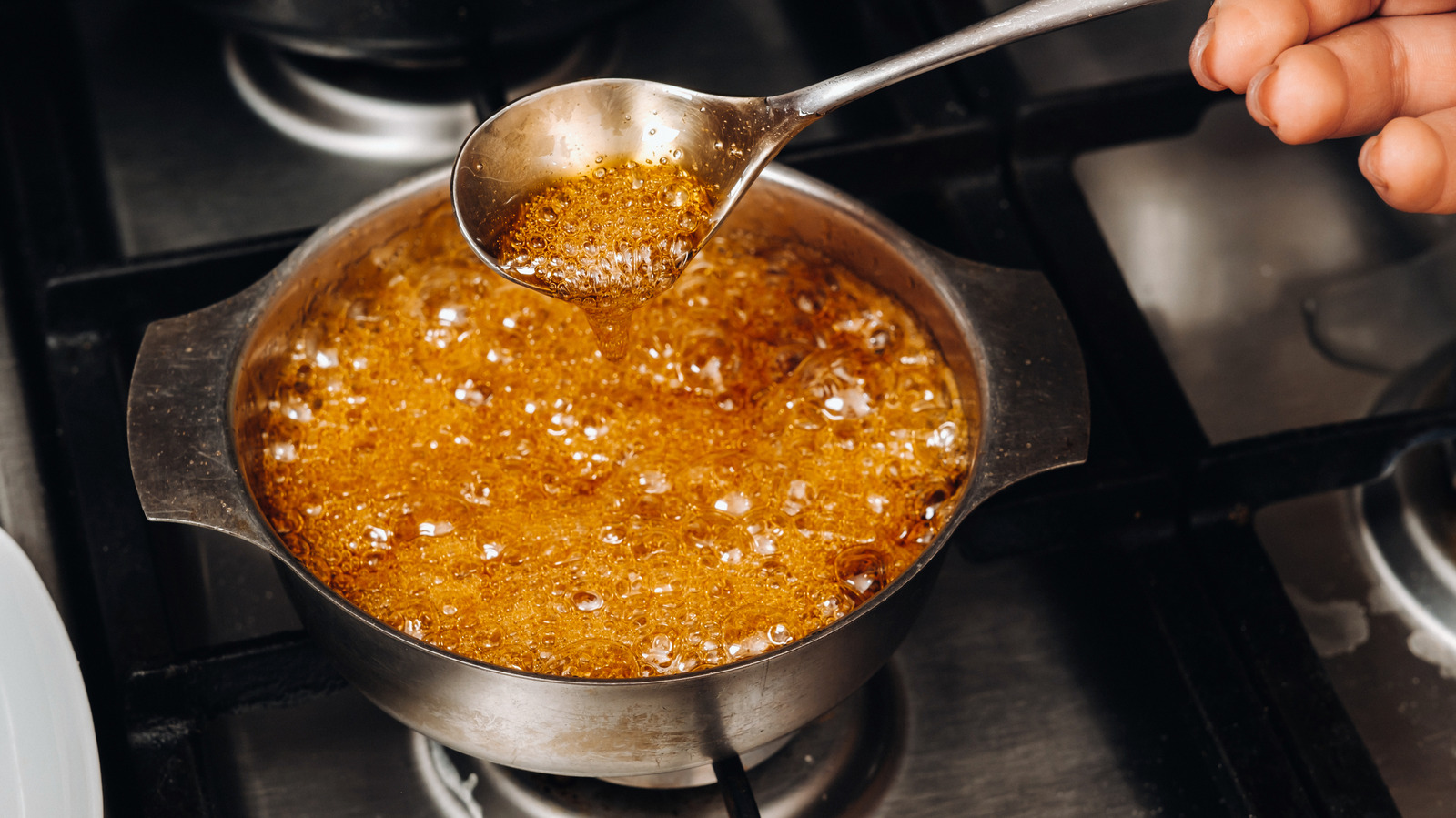
"Even seasoned home cooks can be put off by the thought of anything involving caramelizing sugar. It might seem that it's something of an experiment, and one whose results can quickly go wrong. To safely caramelize sugar without burning it, you do need to learn a bit of science. The good news is that once you understand how it works (and arm yourself with a good candy thermometer) the process is actually quite predictable."
"Caramelization is the point at which solid sugar starts to melt,ultimately altering both the color and flavor. It's a complex chemical reaction, and the temperature at which it happens depends on the type of sugar that you are using. For regular white sugar, which is pure sucrose, this occurs at 320 degrees Fahrenheit. Raw sugar and brown sugar contain molasses, which along with sucrose includes both fructose and glucose."
Caramelization is a chemical process where solid sugar melts and transforms color and flavor, with the temperature threshold depending on sugar composition. Pure sucrose (white sugar) caramelizes at about 320°F, while sugars containing fructose and glucose, such as raw and brown sugar, begin caramelizing at lower temperatures because fructose caramelizes near 230°F. Molasses and impurities in brown sugar can burn, so white sugar yields the most consistent results. Multiple stages of caramelization produce distinct colors, aromas, and culinary uses; visual cues and a candy thermometer help prevent overcooking. Light caramel forms at 340°F; medium caramel at 355°F.
Read at Tasting Table
Unable to calculate read time
Collection
[
|
...
]